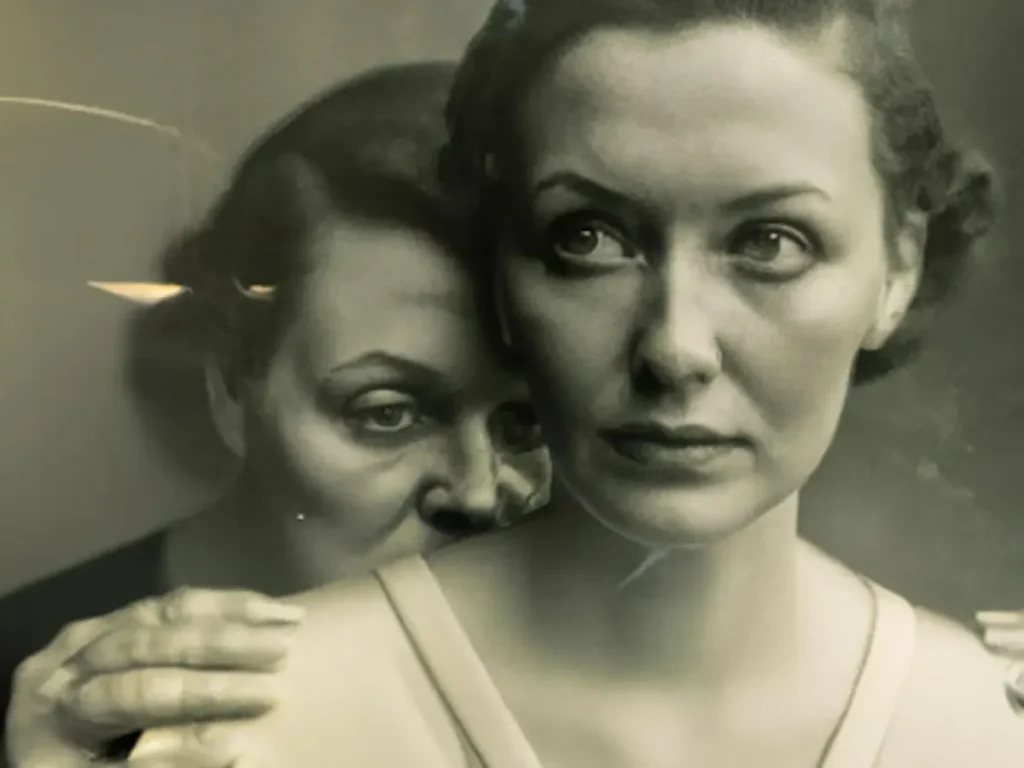Queensland’s prestigious Brisbane Portrait Prize (BPP) is stirring controversy as it opens its doors to artworks created, in whole or in part, by generative artificial intelligence (AI). This marks a significant departure from the competition’s previous guidelines, raising questions about the role of AI in traditional art spaces.
Art World Reacts: “A Slippery Slope”
The move has sparked criticism, with Australian art dealer Philip Bacon expressing his concerns, calling it a “slippery slope.” Bacon questions the compatibility of AI-generated art with the BPP’s entry criteria, particularly emphasising the requirement for artworks to be executed from life, with subjects sitting in person.
Judging Dilemma: AI vs. Human Soul
The inclusion of AI in the competition prompts questions about the judging process. Bacon raises the pivotal question of whether the prize should go to the computer or the artist, highlighting the unique challenges posed by judging traditional artists against those utilising AI technology.
Artistic Soul vs. Technological Precision: Unease in the Art Community
Renowned art dealer Philip Bacon emphasises the essence of good portraiture in delving “into the soul of a subject.” He expresses unease about AI’s ability to capture the intricacies of human emotion, questioning the technology’s capacity to truly understand and convey the soul of the depicted individuals.
Artistic Subjectivity: AI as a Tool in Contemporary Expression
Contrary to Bacon’s concerns, Queensland painter Stephen Tiernan sees the use of AI in art competitions as a recognition of contemporary artistic processes. Tiernan acknowledges the subjective nature of judging, emphasising that the judge’s preferences play a significant role, whether dismissing or appreciating AI-generated artworks.
Photography and Morality: AI Art Raises Ethical Questions
Photographer Glenn Hunt, a previous BPP digital prize winner, criticizes the move, questioning the purpose of a competition where artists compete against AI. Hunt raises moral concerns, highlighting the potential issues of data usage and the ethical implications of AI-generated art, which often relies on bits and pieces from various sources.
Controversy Beyond Brisbane: Global Perspectives on AI in Art Competitions
The use of AI in art competitions is not unique to Brisbane, as the global art community grapples with defining the boundaries of art creation. The Australian Photographic Society’s Gregory McMillan discusses the ongoing debate within photography circles about the role of AI, emphasising the need for transparency in its usage.
BPP’s Stance: Balancing Tradition and Technological Progress
In response to the controversy, BPP organisers defend their decision, stating that the intention is not to replace traditional art forms but to recognise the evolving definition of ‘art.’ They emphasise the importance of transparency, requiring entrants using AI to provide a detailed description of the tools and methodologies employed in the creation process.
As the Brisbane Portrait Prize opens its doors to AI-generated artworks, the art world grapples with questions of artistic integrity, judging criteria, and the evolving landscape of creativity. The debate reflects a broader global conversation on the role of technology in shaping the future of artistic expression and raises ethical considerations within the realm of traditional art competitions.
Feature Image: Boris Eldagsen’s award-winning picture at Sony World Photography Awards. The Photograph was AI-generated | Courtesy: The Guardian





